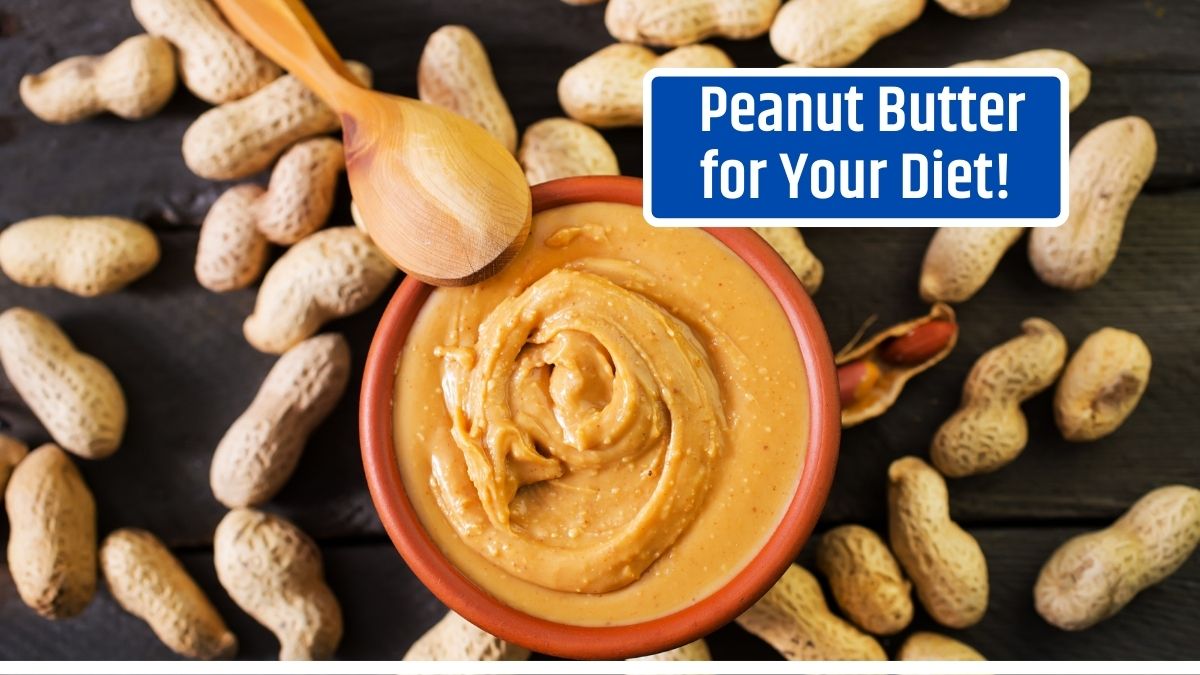Peanut butter is a tasty and nutritious spread that many people enjoy. But can you have it when you’re on a diet? Yes, you can! Peanut butter is full of healthy fats, protein, and important nutrients. The key is to choose the right type and enjoy it in moderation. It’s satisfying and can keep you feeling full, which is great when you’re watching your weight.
Table of Contents
Natural Peanut Butter
Natural peanut butter is the best choice for your diet. It usually has just two ingredients: peanuts and maybe a little salt. There are no added sugars, oils, or preservatives, which makes it a clean, wholesome option. The healthy fats and protein in natural peanut butter can help curb hunger, and it’s a great source of fiber, too. Always check the label to make sure it’s truly natural.
Low-Sodium Peanut Butter
If you’re watching your salt intake, low-sodium peanut butter is a smart choice. Too much salt can lead to health issues like high blood pressure or bloating. Low-sodium versions taste just as good but without the added salt. They still have all the protein and healthy fats you need, making them a perfect fit for your diet.
Unsweetened Peanut Butter
Many peanut butter brands add sugar to make the spread sweeter. But when you’re on a diet, unsweetened peanut butter is the way to go. Without added sugar, you avoid unnecessary calories and carbs. The natural sweetness of the peanuts will be enough. This type of peanut butter helps you stay on track while still giving you a rich, creamy treat.
Peanut Butter With Added Protein
For those who are building muscle or just want more protein in their diet, peanut butter with added protein is a great option. Some brands fortify their peanut butter with extra protein, making it even better for your fitness goals. You get all the benefits of regular peanut butter, like healthy fats and fiber, but with a boost in protein. It’s perfect for people looking to stay fit and toned.
Organic Peanut Butter
If you’re into clean eating, organic peanut butter is the best choice for you. Made from peanuts that are grown without chemicals, it’s a healthier, more natural option. Organic peanut butter doesn’t have any artificial ingredients, added sugars, or oils. It’s just pure peanuts, giving you all the benefits of peanut butter in its most natural form.
Powdered Peanut Butter
Powdered peanut butter is a popular choice for those on a strict diet. It has fewer calories and fat because most of the oils are removed. You can mix it with water to create a spread, or add it to smoothies and recipes for a peanut flavor without the added calories. It’s perfect for those looking to lose weight while still enjoying the taste of peanut butter.
Peanut Butter Serving Size
Although peanut butter is healthy, it’s high in calories, so portion control is essential. A typical serving is about two tablespoons, which has around 200 calories. That’s why it’s important to measure your servings when you’re on a diet. By keeping your portions in check, you can still enjoy peanut butter without overloading on calories.
Simple Peanut Butter Recipe
Making your own peanut butter at home is incredibly easy, and it ensures you’re using only the ingredients you want. Here’s a simple recipe for homemade peanut butter that fits perfectly into any diet plan.
Ingredients
2 cups of unsalted, roasted peanuts – A pinch of salt (optional) – 1-2 teaspoons of honey or natural sweetener (optional) – 1-2 teaspoons of oil (optional, for creamier texture)
Instructions
1. Place the peanuts in a food processor or blender. 2. Blend on high for about 2-5 minutes, stopping to scrape the sides. 3. If you prefer a creamier texture, add a bit of oil, like peanut or vegetable oil. 4. Add salt or sweetener if desired, and blend for another 1-2 minutes until smooth.
That’s it! You’ve made your own natural peanut butter at home with no added sugars or preservatives. Store it in an airtight jar in the fridge, and enjoy it in your diet whenever you like!
Can Serve as a Guideline for Portion Sizes
| Age Group | Weight Range | Recommended Serving Size |
| Children (4-8 years) | Up to 70 lbs | 1 tablespoon |
| Children (9-13 years) | 70-100 lbs | 1-2 tablespoons |
| Teens (14-18 years) | 100-150 lbs | 2 tablespoons |
| Adults (19-50 years) | 150-200 lbs | 2 tablespoons |
| Adults (51+ years) | 150-200 lbs | 1-2 tablespoons |
| Active Individuals | Varies | 2-3 tablespoons |
Conclusion
Peanut butter can be part of a healthy diet if you choose the right type and watch your portions. Whether you prefer natural, low-sodium, unsweetened, or powdered peanut butter, there are options to suit any diet. Remember, moderation is key, and by picking the right kind, you can enjoy this tasty spread while staying on track with your diet goals.
FAQs
Is peanut butter good for weight loss?
Yes, in moderation.
What is the healthiest peanut butter?
Natural or organic peanut butter.
Can I eat peanut butter every day on a diet?
Yes, in small amounts.
What type of peanut butter has the least calories?
Powdered peanut butter.
Is peanut butter with added sugar bad?
It can be, if eaten often.
